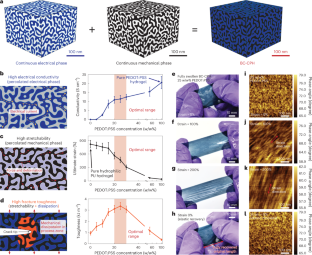2023-05-26 ペンシルベニア州立大学(PennState)
◆従来の方法ではタンパク質の発現や抑制に時間とエネルギーを要しましたが、新しい手法ではタンパク質自体が所望の効果を生み出す能力を持っています。研究者たちは、さらに複雑なナノコンピューティングエージェントの開発を目指しています。
<関連情報>
- https://www.psu.edu/news/research/story/protein-based-nano-computer-evolves-ability-influence-cell-behavior/
- https://www.science.org/doi/10.1126/sciadv.adg1062
ナノ環境下で細胞の向きを制御する非可換コンビナトリアル蛋白質論理回路を発見 A noncommutative combinatorial protein logic circuit controls cell orientation in nanoenvironments
Jiaxing Chen,Yashavantha L. Vishweshwaraiah,Richard B. Mailman,Erdem D. Tabdanov,and Nikolay V. Dokholyan
Science Advances Published:26 May 2023
DOI:https://doi.org/10.1126/sciadv.adg1062

Abstract
Single-protein–based devices that integrate signal sensing with logical operations to generate functional outputs offer exceptional promise for monitoring and modulating biological systems. Engineering such intelligent nanoscale computing agents is challenging, as it requires the integration of sensor domains into a functional protein via intricate allosteric networks. We incorporate a rapamycin-sensitive sensor (uniRapR) and a blue light-responsive LOV2 domain into human Src kinase, creating a protein device that functions as a noncommutative combinatorial logic circuit. In our design, rapamycin activates Src kinase, causing protein localization to focal adhesions, whereas blue light exerts the reverse effect that inactivates Src translocation. Focal adhesion maturation induced by Src activation reduces cell migration dynamics and shifts cell orientation to align along collagen nanolane fibers. Using this protein device, we reversibly control cell orientation by applying the appropriate input signals, a framework that may be useful in tissue engineering and regenerative medicine.


